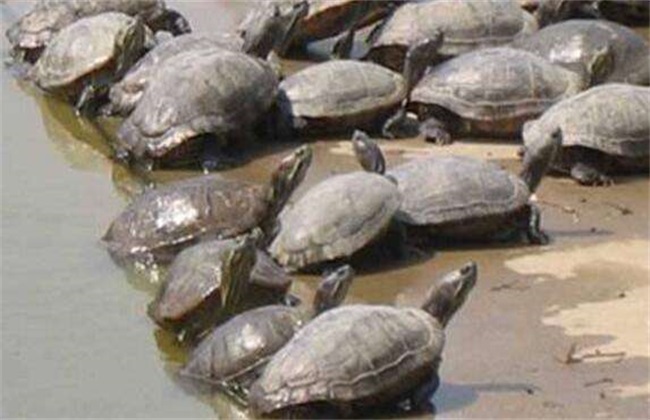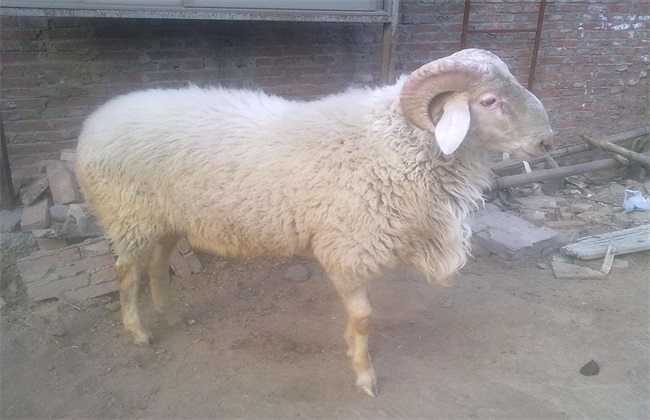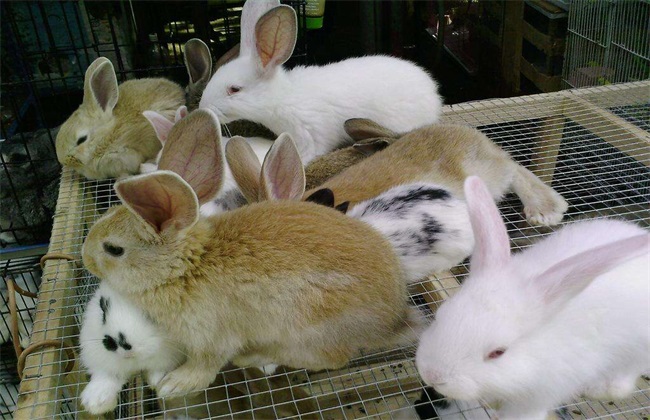How to reduce the cost of soft-shelled turtle culture
The market of soft-shelled turtle culture is very full now, and the culture area is very large. Soft-shelled turtle meat is fresh and soft, and the nutritional value is also very high. However, with more and more people farming, if you want to improve the efficiency of soft-shelled turtle culture, then as much as possible to reduce the soft-shelled turtle culture cost is the key. So how can we reduce the breeding cost of soft-shelled turtle? The following editor will give you a brief introduction, let's have a look!

1. Choose the best species.
The selection of soft-shelled turtle fry is very important, which directly affects the success of soft-shelled turtle culture. Whether it is the breeding pond or purchased seedlings, it is necessary to ensure that the source of soft-shelled turtle seedlings is regular, robust, disease-free and wound-free. Only in this way can we ensure the overall growth ability of soft-shelled turtles, and it is best to cast seedlings early and give priority to large-size soft-shelled turtle seedlings as far as possible. Each batch of soft-shelled turtle fry should be cultivated in a special pond to improve the breeding cage of all the fry. If the breeding scale is large, then there must be mature artificial breeding technology, mainly self-propagation, in order to effectively reduce the seedling cost.
2. Feed management
Feed is the largest proportion of expenditure when raising soft-shelled turtles. Generally, it accounts for about 3GP5 in the total cost, so it is necessary to reduce the feed coefficient reasonably while ensuring the feed utilization rate. If commercial feed is used, then be sure to choose full-price feed with high visibility, quality assurance and good effect. If it is self-made, it should be comprehensively considered from various aspects, such as nutrition, additives, raw materials and so on. To meet the nutritional needs of the growth of soft-shelled turtle, and no matter what kind of feed, we should pay attention to stir the feed, pay attention to the adhesion of the feed, water feeding, to feed a small amount of water as the principle to avoid waste and pollution of the water.
3. Daily management
When breeding soft-shelled turtle, we also need to strengthen management and do a good job in daily work such as pond cleaning and disinfection. Then we should pay attention to the regulation of water quality and create a good living environment for the soft-shelled turtle. We should often patrol the pond to observe the living conditions of the soft-shelled turtle, such as activity, eating, water color and so on. If there is any abnormal situation, it should be adjusted in time. Then according to the size of the soft-shelled turtle to do a good job of pond feeding, if it is in winter, to strengthen the heat preservation work to ensure that the soft-shelled turtle can safely survive the winter.
4. Disease prevention and treatment
The disease prevention and control of soft-shelled turtle is mainly based on prevention and for the purpose of healthy breeding. Because once the soft-shelled turtle gets sick, it will more or less be affected and reduce the efficiency of breeding, and we also need to invest in medical costs. Therefore, it is necessary to strengthen the prevention work, usually do a good job in disinfection and health care, and disinfect the pond with quicklime regularly. Then some traditional Chinese medicine can be added to the feed to improve the disease resistance of soft-shelled turtle and prevent diseases. If soft-shelled turtle disease is found, it should be treated in isolation and symptomatic treatment in time, and should not be used blindly.
The above is a brief introduction to how to reduce the cost of soft-shelled turtle culture. That's all for today's introduction. This article is for reference only. I hope it can help you all.
Related
- On the eggshell is a badge full of pride. British Poultry Egg Market and Consumer observation
- British study: 72% of Britons are willing to buy native eggs raised by insects
- Guidelines for friendly egg production revised the increase of space in chicken sheds can not be forced to change feathers and lay eggs.
- Risk of delay in customs clearance Australia suspends lobster exports to China
- Pig semen-the Vector of virus Transmission (4)
- Pig semen-the Vector of virus Transmission (3)
- Five common causes of difficult control of classical swine fever in clinic and their countermeasures
- Foot-and-mouth disease is the most effective way to prevent it!
- PED is the number one killer of piglets and has to be guarded against in autumn and winter.
- What is "yellow fat pig"? Have you ever heard the pig collector talk about "yellow fat pig"?



